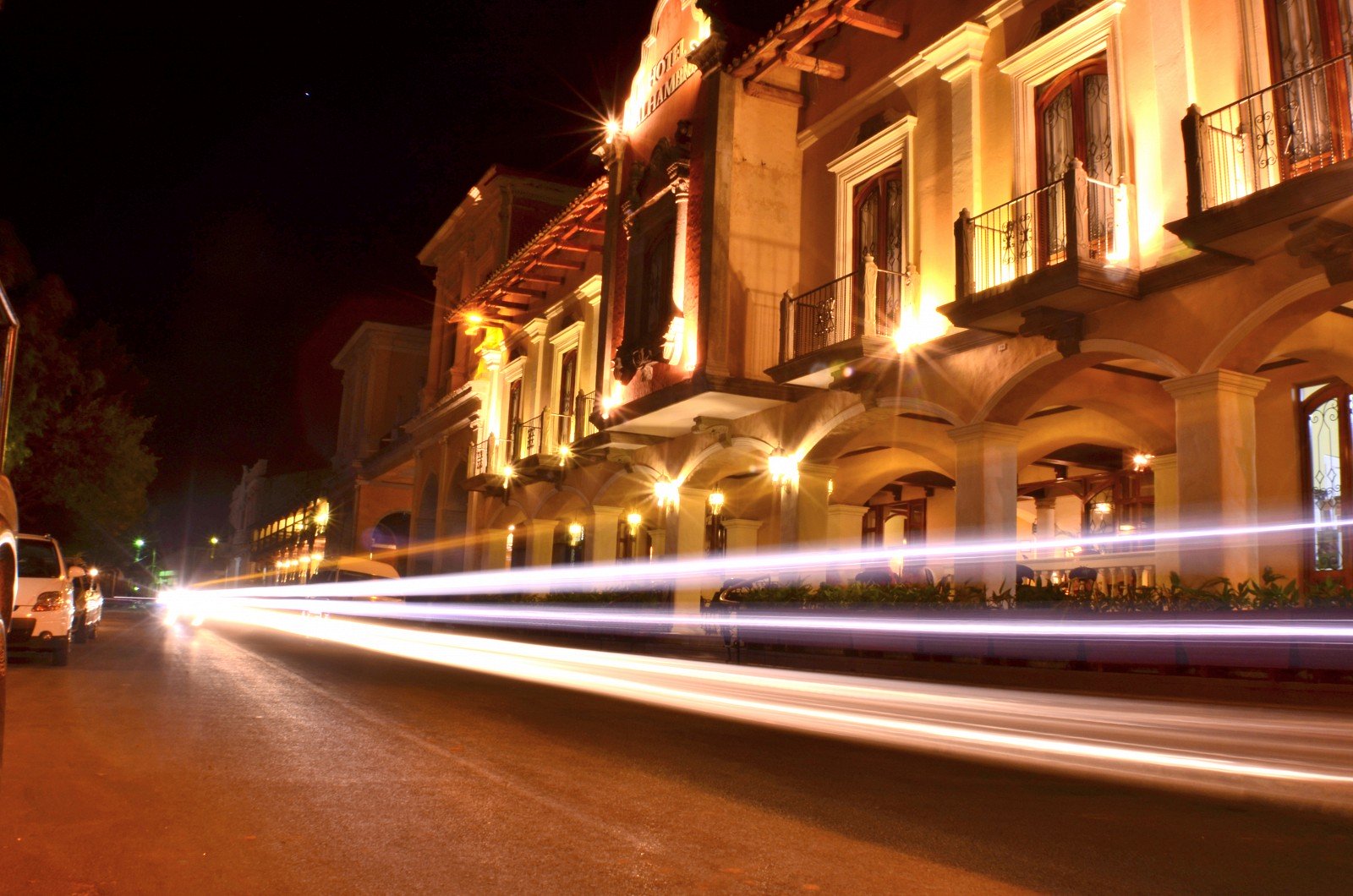Tracing the Footsteps of History: Exploring the Streets of Granada, Nicaragua

Granada, Nicaragua has a strong colonial legacy dating back to the early 16th century. Walking through the streets of Granada is like going back in time to witness the majesty and grandeur of the colonial era.
Granada's streets are laid out in a grid layout, with the majority of the larger streets running east to west and the lesser streets flowing north to south. The streets are small and meandering, lined with wonderfully maintained colonial-era buildings painted in a variety of vivid colors, lending a colorful and dynamic ambiance to the city.
The architecture of the buildings is one of the most noticeable elements of Granada's streets. The elegant façade, wrought-iron balconies, and huge wooden doors distinguish the colonial-era structures. Several of the structures have been meticulously repaired and conserved, allowing visitors to fully appreciate the city's colonial past.
Walking through the streets of Granada, you will come across many examples of colonial-era architecture. One of the most prominent is the Cathedral of Granada, which was constructed in the mid-16th century and is one of the city's oldest and most beautiful structures. The majestic façade and soaring bell towers of the cathedral make it one of Granada's most identifiable features.
The Palacio de los Leones, which was built in the early 18th century and served as the residence of the city's governors for many years, is another significant structure in Granada. The beautiful façade and detailed carvings on the structure attest to the expertise of the artists who crafted it.
Granada's streets are home to various museums and art galleries that highlight the city's rich cultural legacy, in addition to colonial-era structures. The Mi Museum, which has a collection of pre-Columbian art and artifacts, as well as paintings and sculptures by modern Nicaraguan artists, is one of the most popular.
Granada's streets are not simply a voyage through time, but also a feast for the senses. The city is famous for its lively street life, with merchants selling everything from fresh fruits and vegetables to homemade crafts and souvenirs. The air is filled with the sounds of music and laughter, and the aroma of traditional Nicaraguan cuisine wafts across the streets.
One of the greatest times to visit Granada's streets is during one of the city's various festivals and celebrations. The most well-known of these is Semana Santa, or Holy Week, which occurs in the week preceding Easter. At this time, the streets are packed with processions, parades, and other religious activities, providing visitors with a memorable experience.
Finally, for travelers interested in history, culture, and architecture, the streets of Granada, Nicaragua provide a one-of-a-kind and unforgettable experience. The city's colonial-era structures, museums, and art galleries offer a glimpse into the city's rich cultural legacy, while its colorful street life and festivals provide a flavor of modern Nicaraguan culture. A walk through the streets of Granada is not to be missed if you are a history buff, an art enthusiast, or simply searching for a beautiful and memorable experience.